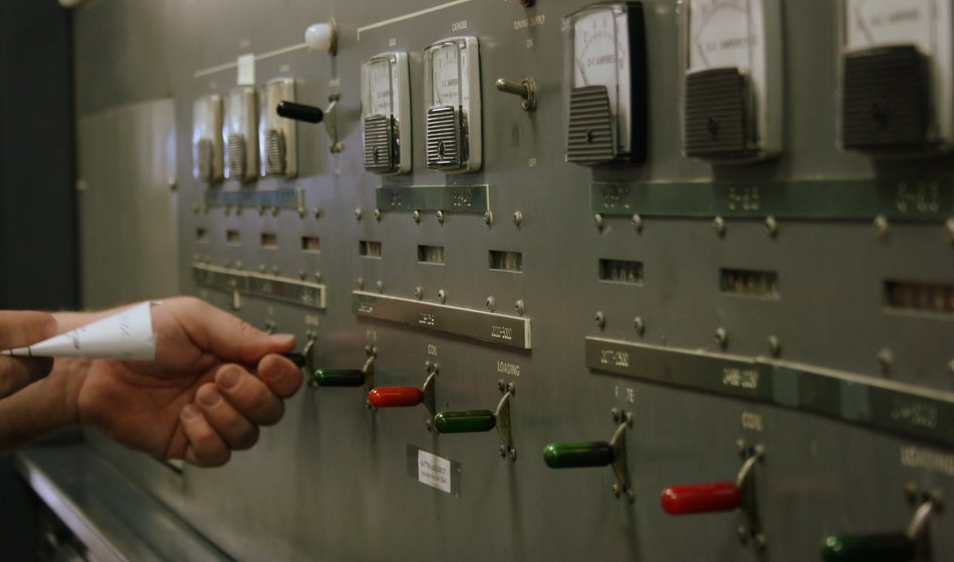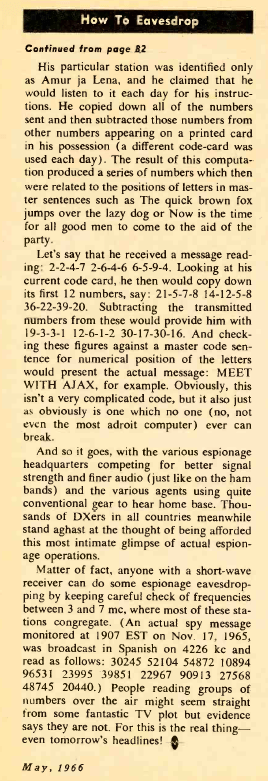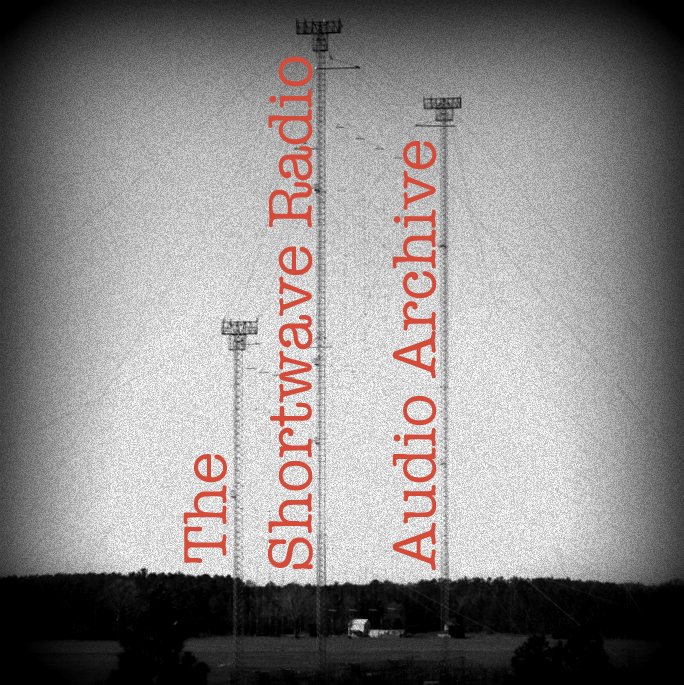(Source: Numbers Station Research and Information Center)
Spanish Language Numbers Station from 1966
The most active period of numbers stations monitoring began in 1980s as in efforts by “Havana Moon” or William (Bill) Thomas Godbey, Simon Mason and writers and editors of the “Monitoring Times” journal. Our site has studied numbers stations monitoring in 1980s. The great activity of numbers stations DX and monitoring lead to creation of online based groups like Enigma and Numbers and Oddities in early 1990s. However, number stations did not appear in 1980s, they been around since at least 1914. In their oldest simple form they started as Morse code transmissions, then live voice readings and finally automated voice transmissions, not stopping there yet as digital mode transmissions also hides numbers groups within.
The period before 1980s,1950s and 1960s were very active in terms of espionage. Many declassified documents tell us about CIA and SIS operations in Baltic States, Soviet Union and Eastern Europe and elsewhere using Morse code messages. Then there is a case of Operation SOLO of FBI infiltration in the American Communist Party and Soviet secret service, where numbers transmissions from the Soviet Union were involved.
Numbers stations were in the air and there were people listening to them. So this brings to the subject of this article: a authentic tape recording of several transmissions of Spanish language Five Digit numbers station recorded in 1966.
The recording was made by Don Hibschweiler, who is currently a morning radio host on 90.1 WFYI Public Radio.
As Don describes “the broadcasts were daily at 1700 EST on 6.805 Mhz. The recording was made on July 20, 1966 at my listening post in West Central Indiana. There are Spanish numbers in groups of five. He always slowed down during the last set of numbers and then says something like, “Toonigh, toonigh”. I also heard one broadcast where the announcer made a mistake. The broadcast was repeated later with the same mistake and a weaker signal. I thought this meant the second broadcast was a recording of the first or both were recorded ahead of time. Also, the difference in signal strength may indicate the use of a directional antenna and/or a different transmitter power.”.










